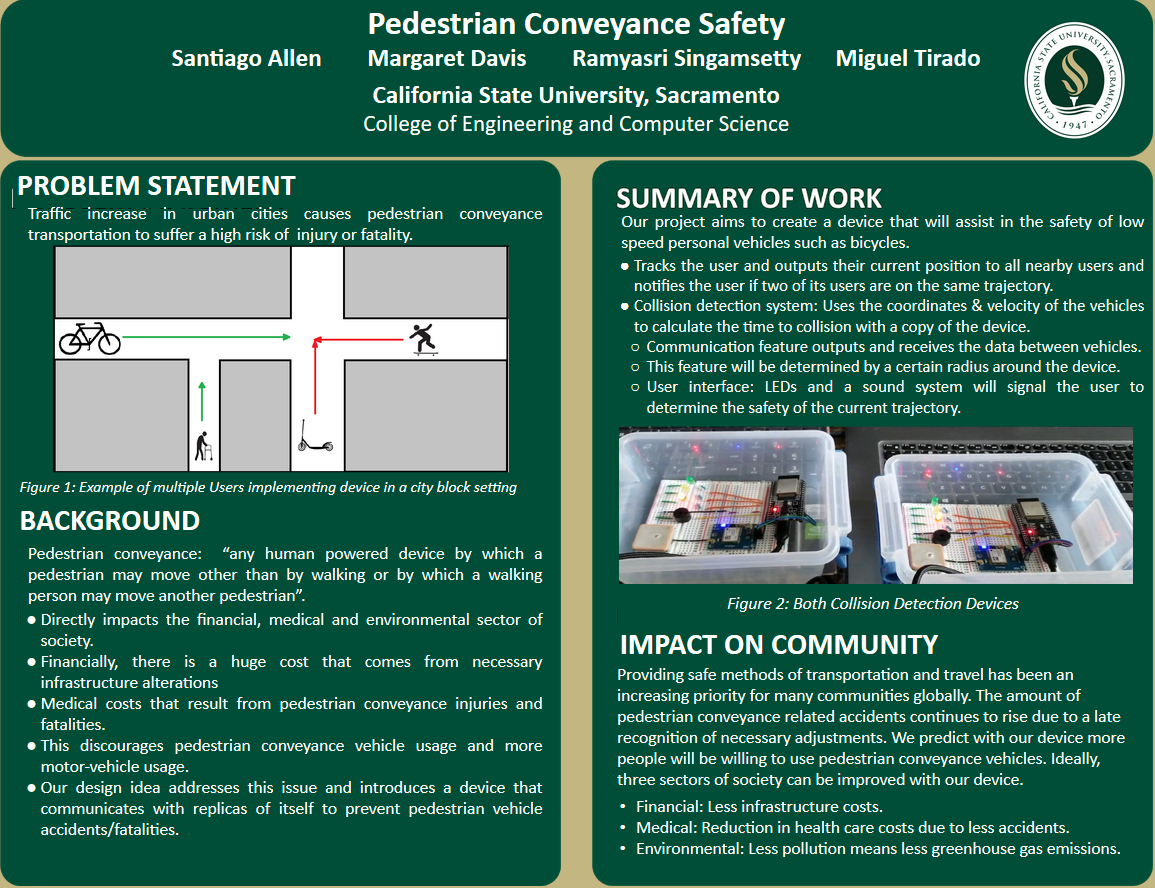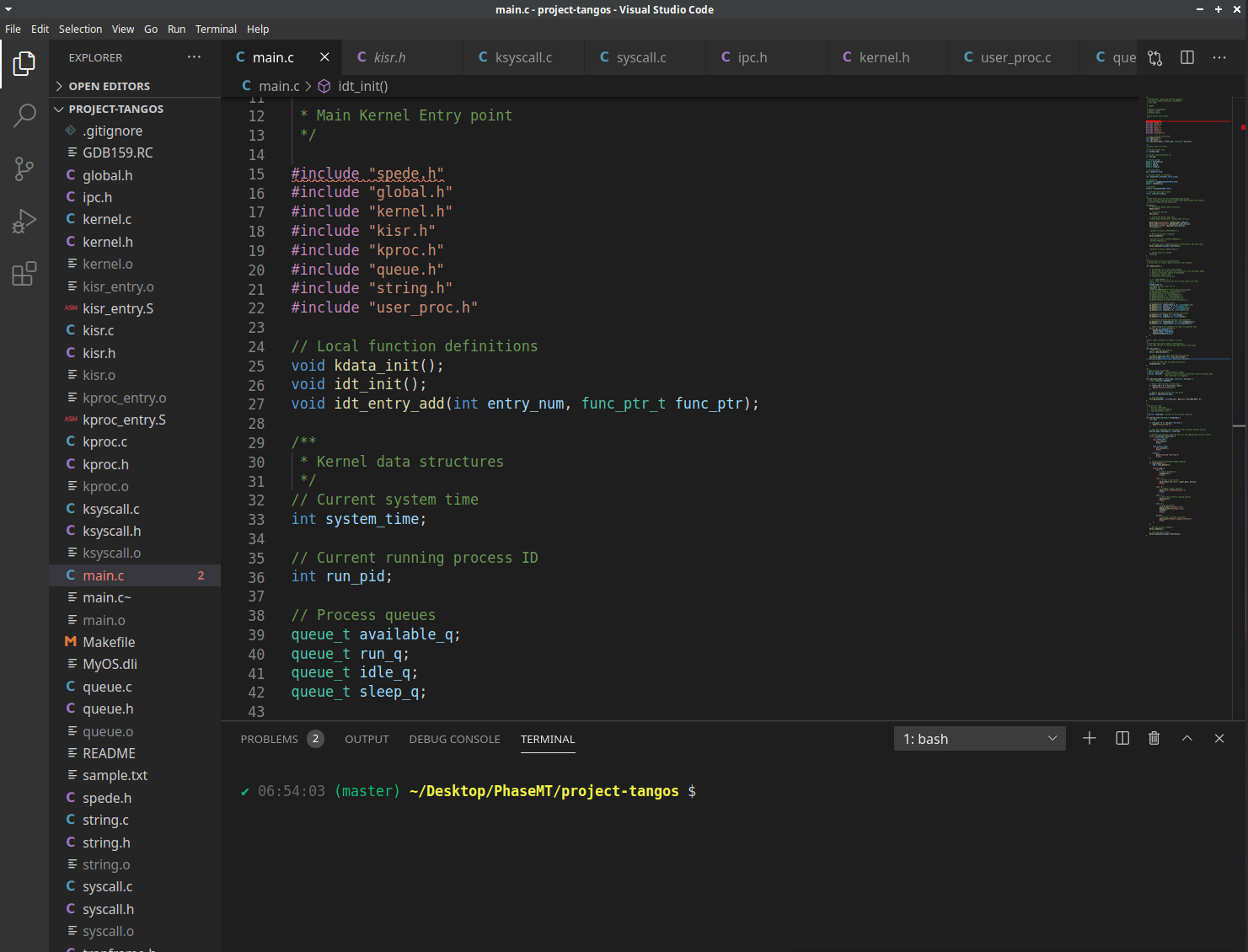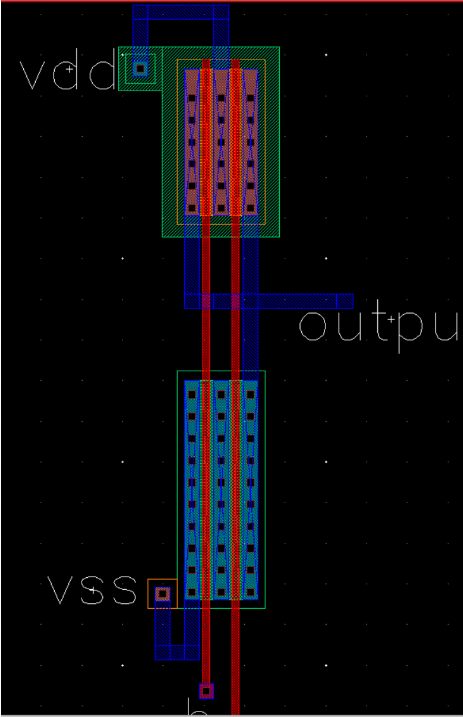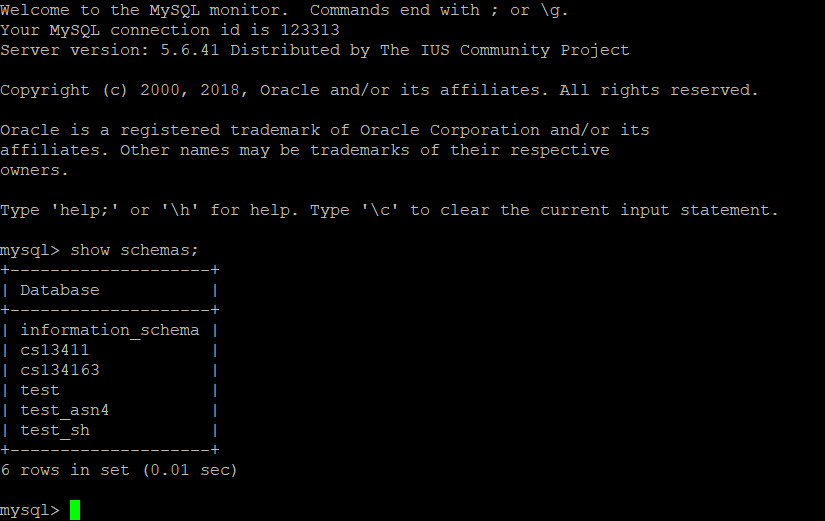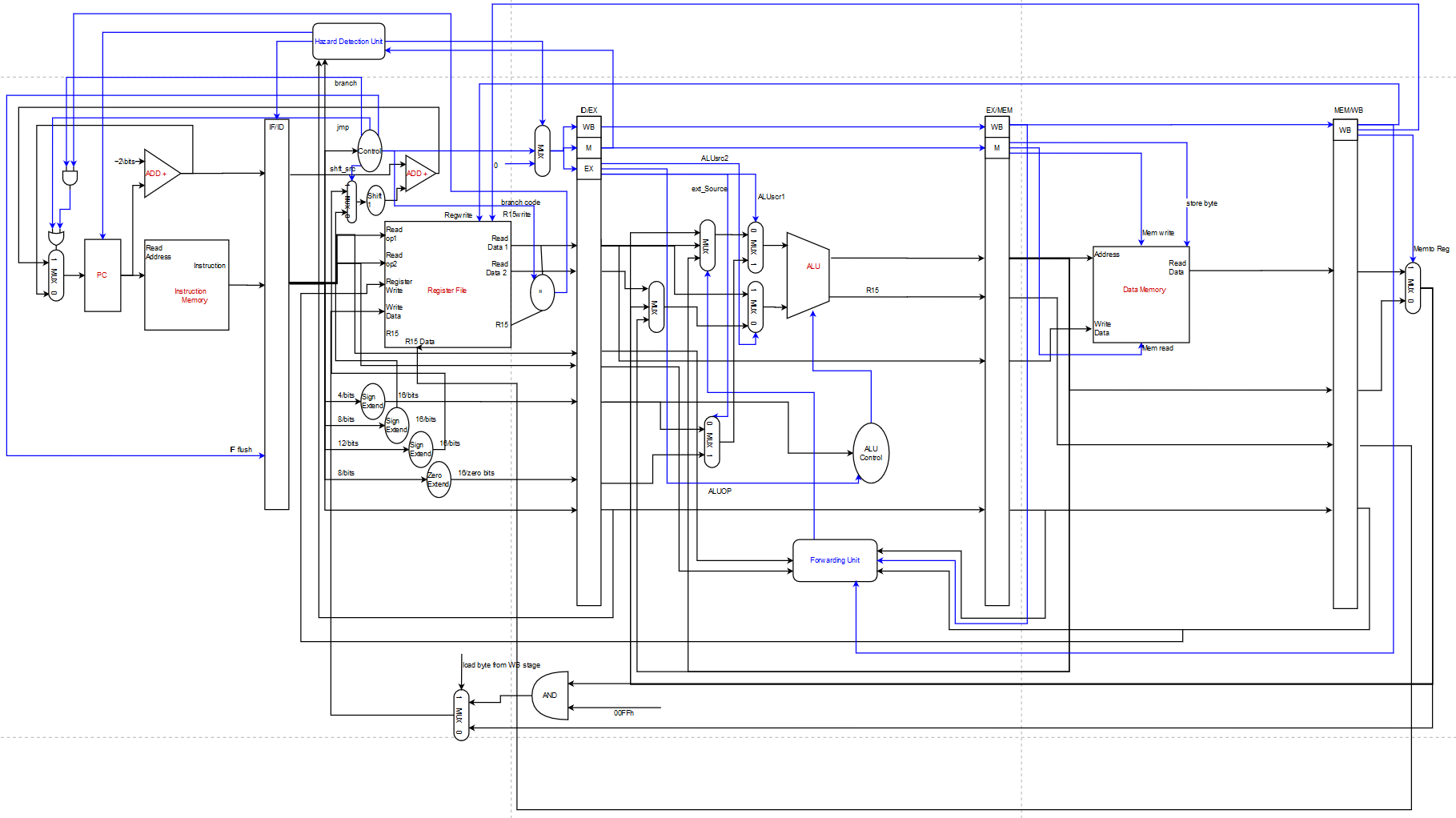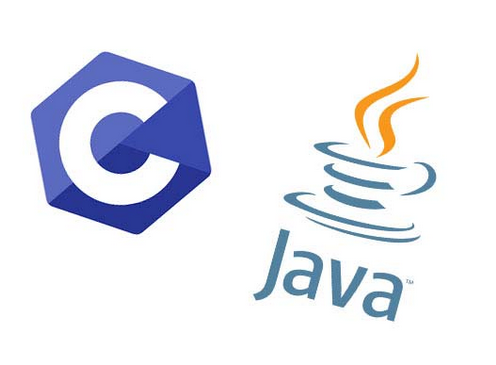Personal Projects
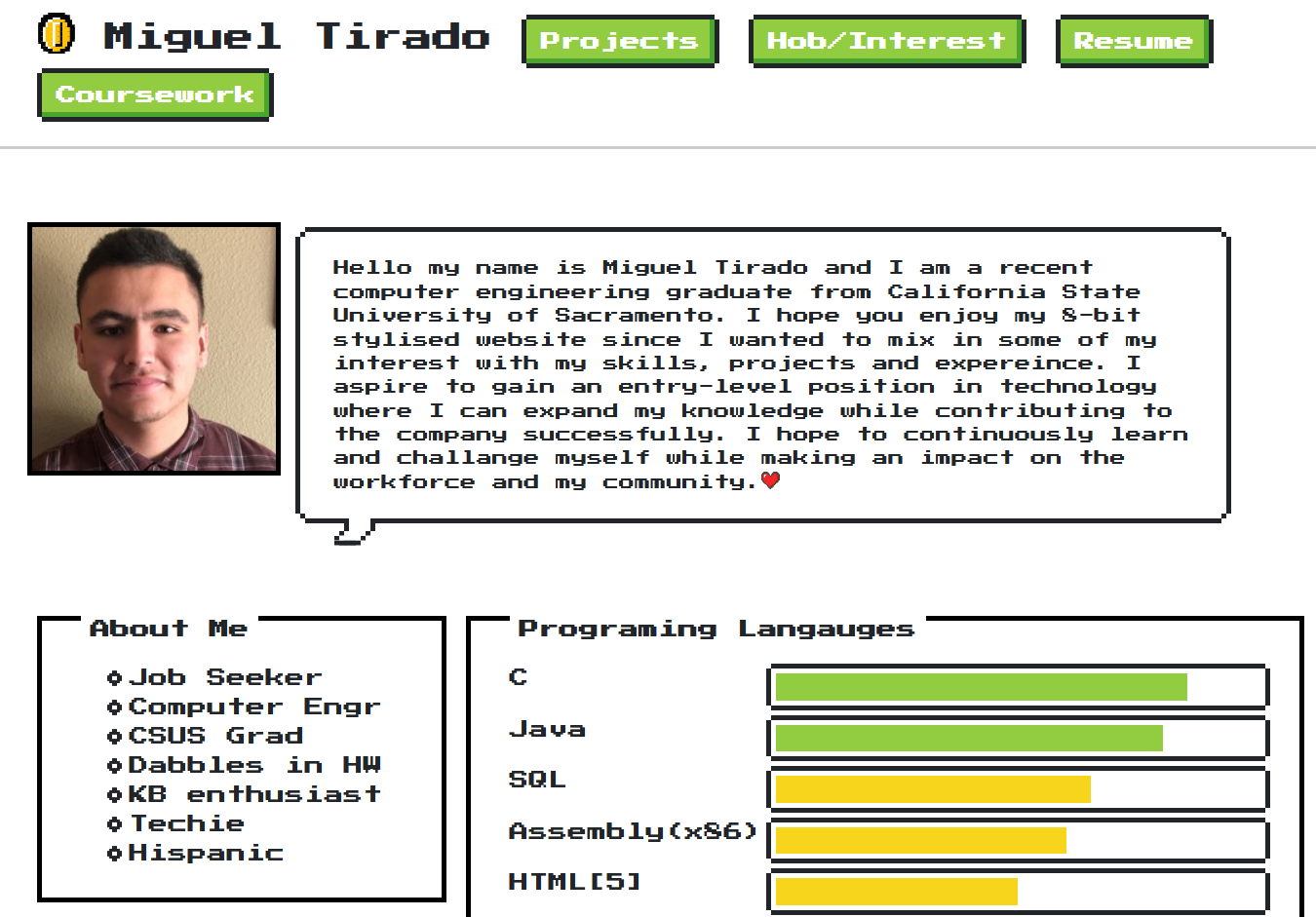
Web Design
Personal Website
I built this website using serveral resources such as skill share classes by Kalob Taulien
and a book called "Learning Web Design" by Jennifer Niederst Robbins. The site uses
NES.CSS which is a CSS frame work and Flexbox grid which is a grid system based on the flex
display property. Flexbox grid is also very similar to bootstrap since it uses the conventions for
breakpoint in columns and rows.I have also provided links to the resouces down below for use.
Tools used: HTML 5, CSS 3, VS Code, NES.CSS, Flexbox grid, GitHub pages
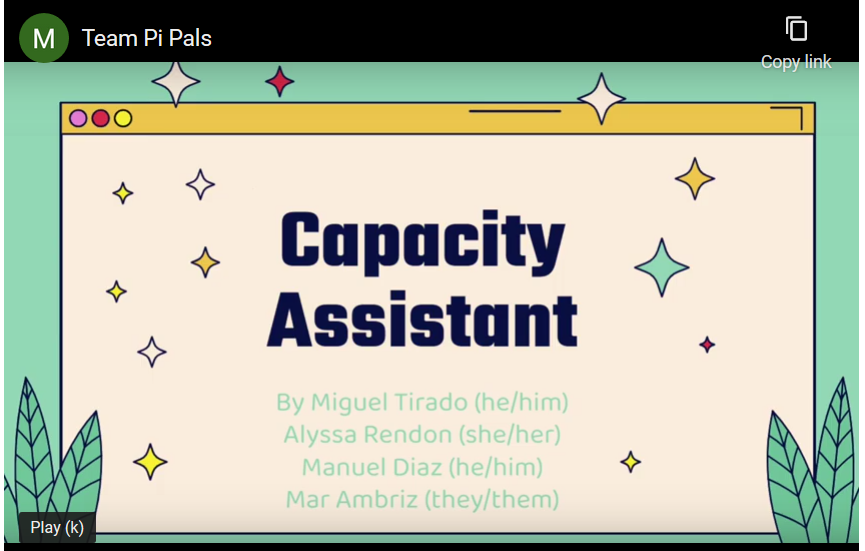
Sacramento Hackathon III
Winner Best Hardware Hack
Member of a 4-person team that won best hardware project for
developing a capacity assistant that would record the amount of people
entering and leaving a building and then update a website in real time.
The project was constrained to 36 hours and used a raspberry pi 3 to measure
the amount of people and to host the website. Responsible for helping develop
the website by using python CGI and Apache 2.
Tools used: Apache, CGI, HTML, Python, Raspberry Pi 3
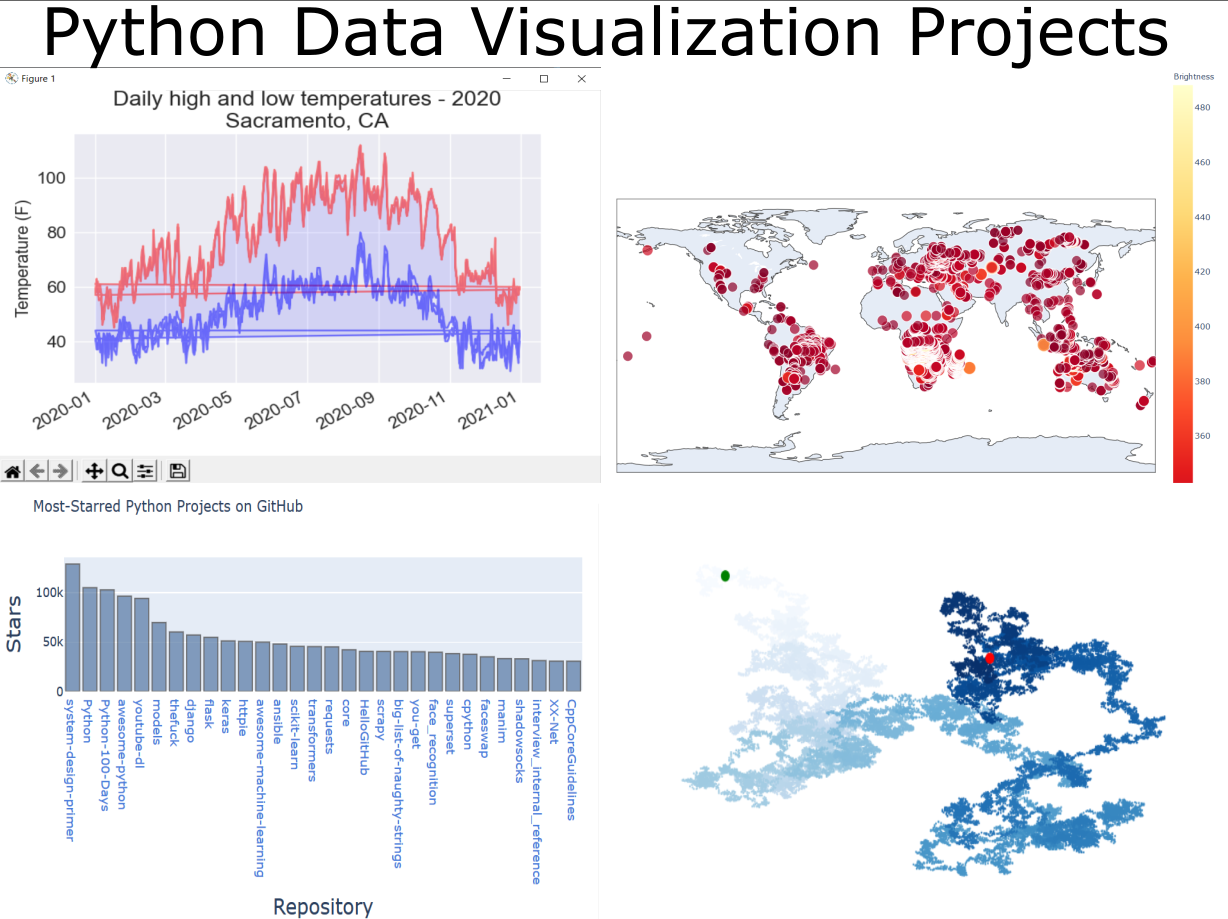
Python Projects and Fundamentals
Data Visualization Projects
During my free time I wanted to improve my python skills since there
wasn't many courses taught in Python at my school. I started by learning the
fundamentals of python by reading "Python Crash Course" by Eric Matthes and completing
all the excercises and the data Visualization project it came with. Most of my progress can be
tracked through the github link below along with Eric's website for reference.
Tools used: VSCODE, Git, GitHub, Python 3
